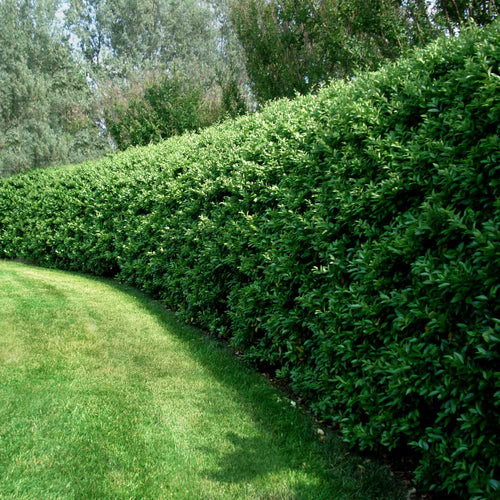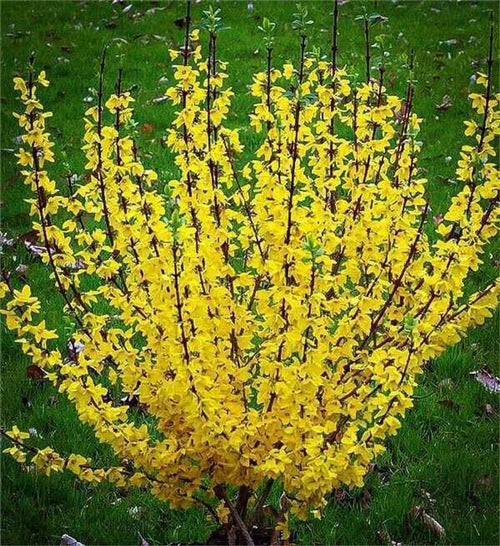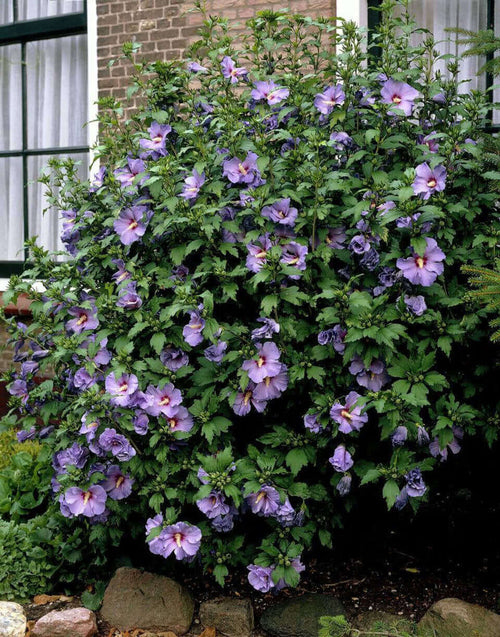Shrubs
In most cases, shrubs are only about 15 feet at most. Depending on the type of shrub used, they can be short or tall. Knowing the types of shrubs and how they thrive in their native habitat can assist in deciding the best option for you.
Types of Native Shrubs and Hedges
There are three most used types of shrubs:
Evergreen
These shrubs are beautiful year-round and don't usually lose their leaves. They look and feel different based on selection.
Deciduous
These drop their leaves during the fall and then grow in spring. These are intentionally designed shrubs.
Flowering
These types of shrubs can be evergreen or deciduous. Some bloom, and then leaves appear; others can bloom anytime.
Hedges and Shrubs for Landscape Appeal
Did you know that hedges are just shrubs put together in a wall? Hedges serve different purposes. When used for landscape aesthetics, they can be evergreen or deciduous but are used to offer different levels of privacy.
Choosing suitable shrubs is a process. It is crucial to figure out the shrub's climate to ensure it can stand over a long period. How the shrubs will be used is something to consider. Is it privacy? Depending on where you live, a more wildlife-based shrub may be an excellent solution to provide berries and flowers to any animals in the area.
The shrub must be in the right conditions to thrive. Each shrub has its personality and requirements based on where its native habitat. In optimal conditions, these native plants will thrive. Features may also draw you to a particular shrub, such as shrubs with beautiful flowers or some with multiple features.
Caring for the shrubs is a factor
Privet plants used to be popular. Although pretty, having to cut to keep up with it continuously may not work. A drought-tolerant option may be better suited to your needs.
Yes, Shrubs are Different from Trees
Adding different types of native plants is always a good idea for variety in the design. While shrubs and hedges are great ideas, having a tree or two adds to the ecosystem. Here are the differences:
A tree is considered to be a tall plant that has woody tissue.
Trees grow two rings annually – one in the summer and one in the spring.
Common trees in the U.S. include the loblolly pine.
Shrubs are woody plants with a height of fewer than 18 feet and perennial stems. They can also be called bushes.
Common shrubs in the U.S. include lilacs, forsythia, roses, and hibiscus.
While different, they work well together when landscaping. You can have a tall shrub and a small tree, which adds to the mix-up. Knowing how they can effectively work together makes a difference.
Shrub Maintenance Tips
If you're going to plant shrubs and possibly create hedges, it's essential to know how to care for them properly:
Remove any diseased, dead, or broken branches. When shrubs are dormant, this is the best time for pruning. Certain shrubs require a little more care than others.
Water them, especially during the first year, to ensure the soil is moist, and they can learn to stand independently. Ensure the water penetrates the internal system. Using a soaker hose to water all the plants would be helpful.
While most shrubs don't need fertilizer, the possibility of weeds affecting the garden is excellent. If the shrub turns yellow, test the soil and use fertilizer if necessary.
There are a few ways to handle shrubs during the winter months. Some shrubs may need to be wrapped, while others may need animal-repellent spray.
For the best outcome when planning how to use your land or increase the aesthetic, consider the look and feel of what you want as your research. Incorporating shrubs and trees that protect and create habitats, produce food, and provide.
We're ready to help you get on the right track with shrubs and other native plants that will provide a beautiful aesthetic to your home or commercial property.
Are you ready to elevate the look and feel of your current property? Contact us for a consultation to determine how we can help you. It can be overwhelming to hear about all the types of shrubs and trees available, but our staff makes things easy. For more information, call now!





















































